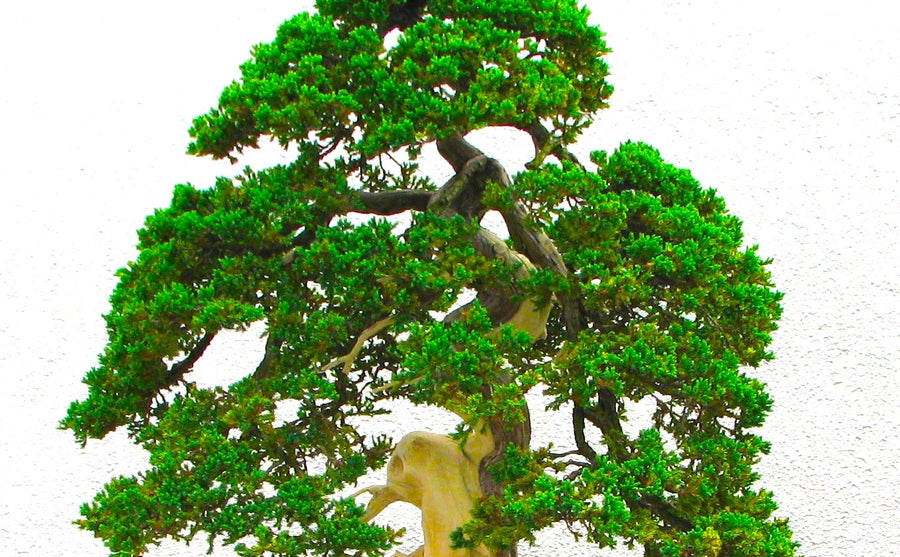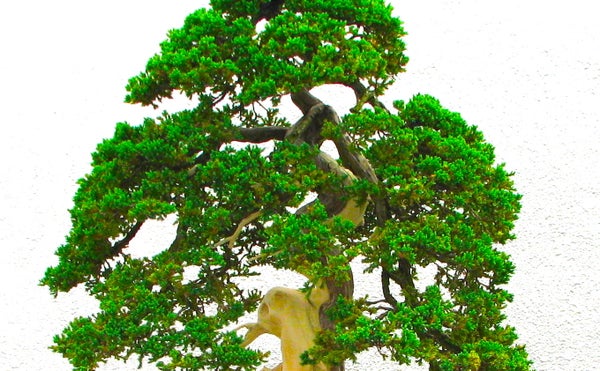This article was published in Scientific American’s former blog network and reflects the views of the author, not necessarily those of Scientific American
The art of estimation has a long history for humans. In The Sand Reckoner, written in the third century B.C., the Greek philosopher Archimedes famously demonstrated that he could - in principle - evaluate the number of grains of sand that would fit in the universe.
To accomplish this he had to produce some ingenious estimates of the angular size of the Sun and other objects, as well as invent a mathematics of large numbers.
While Archimedes was perhaps just showing off, quite similar procedures of extrapolation and statistical estimation today play an immensely important role in our understanding of the world (and cosmos) around us.
On supporting science journalism
If you're enjoying this article, consider supporting our award-winning journalism by subscribing. By purchasing a subscription you are helping to ensure the future of impactful stories about the discoveries and ideas shaping our world today.
Now a new study by Crowther et al. published this week in the journal Natureapplies some of these techniques to the question of arboreal population - just how many trees really are there on the Earth?

(Credit: original source Ragesoss/Wikipedia)
In the age of satellite imagery and remote sensing this might sound like a question reasonably easily answered. However, as the authors demonstrate, these data are only as good as their ground-truth calibration.
The researchers apply over 429,000 terra-firma measurements of tree density across all continents (excluding Antarctica, for obvious reasons) to fill in the missing information from remote-sensing, which has limited resolution when it comes to counting individual plants. You might wonder; when is a tree a tree? It's a good question, and the study requires a 'woody stem larger than 10 cm diameter at breast height'. In other words, a pretty well established and grown tree.
The final tally comes in at an estimated 3.04 trillion. This figure is 7 times the previous best estimate (of around 420 billion). It's also apparent that the global number of trees is decreasing by about 15 billion a year, a figure mostly attributable to human activity such as deforestation.
Track these estimates back in time using historical data on forest coverage and it appears that post Pleistocene (after about 11,700 years ago), humans have likely reduced the global tree population from what it was by about 46% - or about 2.6 trillion trees.
The study is equal parts fascinating (3 trillion is, well, it is just a cool number) and depressing, because it's yet another indicator that our species is not pausing to consider the implications of such rapid ecological change - even if it has helped bring us to our current state of technological prowess.
But it's also interesting for a different reason. We're at a special stage in science. We're chasing the story not only of our origins but also of the existence and origins of other life in the universe, and we're much further along the path to some answers than we've ever been before.
Part of this quest involves combining our understanding of what life on Earth really is with the search for signs of biospheres elsewhere, whether on exoplanets or deep inside icy moons like Europa. Yet the trees of Earth have just demonstrated that we're still not that talented when it comes to making assessments about the planet we're sitting on.
And trees are, relatively speaking, pretty easy. They're on the surface, exposed to us. We can walk around counting them. We can fly over them. The Sun handily illuminates them every 24 hours.
What about the subsurface of Earth's continents and the vast population of microbes that we know exists there? What about the other 70% of the planet, the oceans? That abyssal zone is constantly revealing new organisms, and new ecosystems, yet we've barely explored it.
Seventy-percent of the surface of Earth (not even considering the oceanic vertical zones) represents an area almost 2.5 times the total surface area of the planet Mars. It does seem odd that we're not paying more attention to this, because understanding our home planet is a critical part of the quest to find life on other planets. We will have a hard time performing the magic that Archimedes did when we detect other biospheres if we don't have a real ground-truth from our own grain of cosmic sand.
